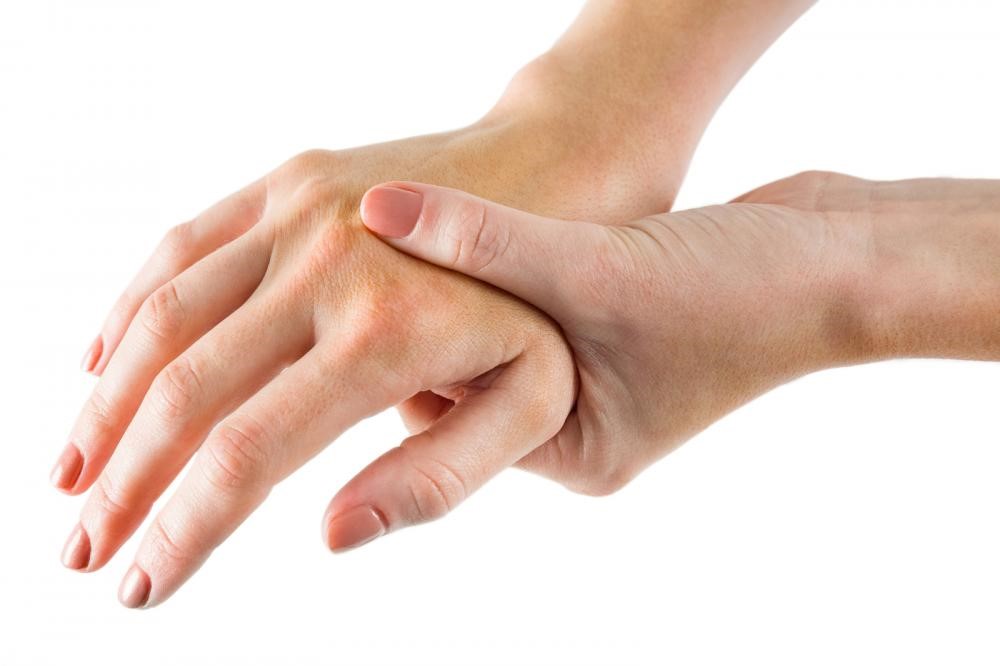
Suffering a major burn injury is a painful experience that can have life-long consequences. Given the immense potential that PRP therapy has displayed in terms of treating various musculoskeletal and soft-tissue injuries, doctors are now wondering if it may be a viable treatment for burns on the skin too. The following article explores what medical research says about the efficacy of using PRP to treat burns.
Skin Problems and Pain Associated with Burns
According to survey results, every year more than 11 million people across the world suffer from burn injuries that require proper medical attention.
Nearly 50% of all individuals who visit a hospital for burn treatment are found to be experiencing neuropathic pain. Neuropathic pain refers to intense, chronic pain that can persist for several years even after the burnt skin has apparently healed. This type of pain is generally very hard to overcome. To date, there is a lack of definitive treatment methodology for alleviating neuropathic pain. Physicians typically rely on local anesthetics, neural blockers, and similar painkillers. However, there is no consensus regarding the effectiveness of pharmacotherapy, i.e., the use of drugs for pain control, in the long run.
In fact, various studies point out the high risks involved with pharmacotherapy. Prolonged use of drugs for subduing neuropathic pain can lead to more serious health concerns, including permanent nerve damage. It goes without saying that in addition to continued pain problems, skin burns almost often result in scarring too.
Using PRP to Treat Burns
PRP therapy utilizes plasma-rich plasma (PRP) obtained from the patient’s own blood sample. Platelets are our body’s own agents that support natural healing of the wounds. This makes PRP an inherently safer technique than alternative traditional treatments.
An animal study has confirmed that injecting PRP in the scarred area can deactivate the cells that trigger neuropathic pain after the injury.
PRP can help heal deep dermal burns given its hemostatic and antimicrobial properties. It promotes the formation of blood clots, which, in turn, prevents excessive blood loss. Since they are composed of biocompatible matter, PRP injections also reduce the risk of infections and bacterial growth on the wound.
Moreover, PRP therapy can help with scarring too. It stimulates epidermal cells, called keratinocytes, and connective tissue cells, called fibroblasts. Together, they boost the production of new collagen, which is one of the main structural components of healthy skin.
When used in conjunction with other skin rejuvenation techniques, such as laser therapy, PRP is also known to improve the skin texture.
Important Considerations
It takes time to see results with PRP therapy. However, for optimal results, it’s essential that patients take proper precautions and thoroughly follow the after-care tips that their doctor specifies.
Generally, your doctor may ask you to avoid taking anti-inflammatory drugs for at least 4 to 6 weeks. This includes ibuprofen, celebrex, naproxen, and so on. In the days following your PRP therapy, you might experience increased irritation in the affected area. This, however, is normal, and generally goes away on its own.
